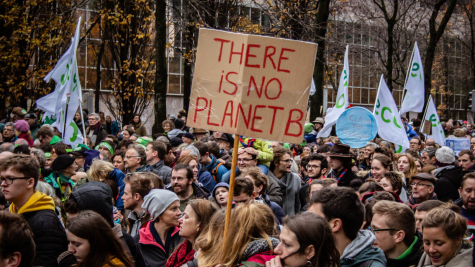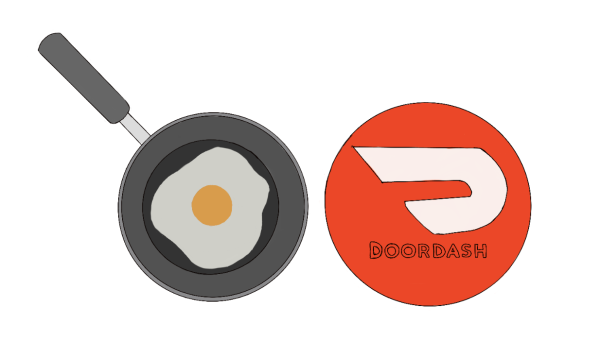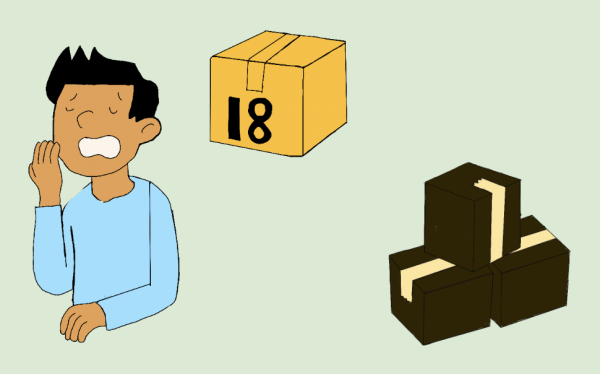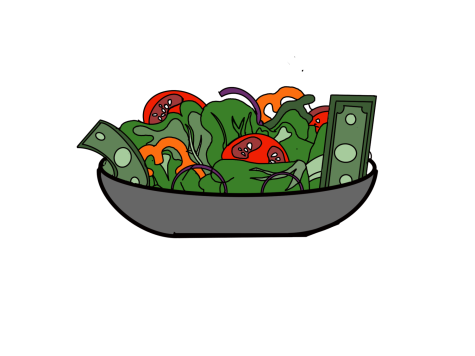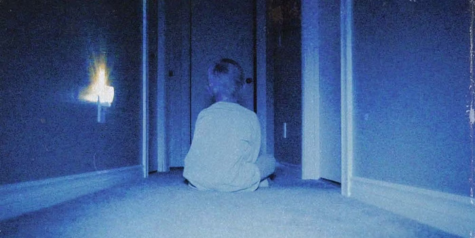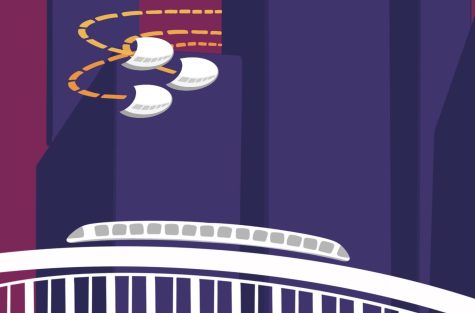Is Sunnyvale’s suburbia a problem?
Daily life without a vehicle in Sunnyvale, or any stretch of suburbia, would be hard to manage. The decrepit public transportation system remains overstretched alongside multilane roads that are near-deafening to walk along. Not to mention that the inconsistent bike lanes are more of a hazard to the biker than a refuge. These are all tell-tale signs of urban sprawl.
The suburbs of Silicon Valley are known for housing the future moguls of tech; they are a symbol of wealth and the American dream, but this ideal has its own significant environmental and economic consequences. When Sunnyvale was in its tech boom around the early to mid-2000s, the new influx of workers brought prosperity to the city; yet these workers needed housing. The city planners simply allocated space for single-family housing instead of making apartments or townhouses. This eventually led to the problems of today’s Sunnyvale; in the expansion of Sunnyvale’s road-centric design, it has become much more difficult to accommodate alternatives to individual vehicles. As a result, our suburb is now populated with multi-story car parks and parking lots. These land developments are not only an eyesore but also very inefficient as they do not generate economic or social value. Sunnyvale has a problem with zoning areas that allow only single families to live in a unit of housing. Not only this, but the public transport infrastructure in Sunnyvale has not been given much attention with the Santa Clara Valley Transport Authority planning budget cuts by 30% this year.
In general, a city designed around motorized vehicles and larger suburban areas is detrimental not only to environmental health, but the overall long-term economic prosperity of the city. American suburbs are far more spread out than the older suburbs of Europe, and this inefficient use of space is taxing on the city’s monetary budget. The more land allocated to a single-family house, the more wiring, pipe, road and infrastructure it requires. Tax revenue provided by single-family houses typically only covers about 1/3 of the city’s cost to maintain it.
The roads accommodating the suburbs are not only a less effective form of transportation but also are a drain on the people using them. On average, 9 out of 10 of Americans own a car; a major symptom of urban sprawl. City planners design towns and roads around increasing car usage, but inversely discourage pedestrians, so pedestrians are incentivized to use cars to travel. This forms a loop of city planning forcing pedestrians to own cars, and so the city planning has to allocate more space for those cars, which forces other pedestrians to use a car. Maintaining one’s vehicle costs the average American over nine thousand dollars a year through insurance, fuel and maintenance.
American city planning has been focused on singular, “simple” solutions for far too long. The key to reducing traffic is to build more lanes; if there is a demand for housing just build more houses, and expand the suburbs. There are plenty of alternatives to this way of thinking: relax restrictions of single-family zoning, overhaul and increase funding on robust public transport and redesign streets to be more pedestrian-based and regulate new constructions to be more friendly to pedestrians.





